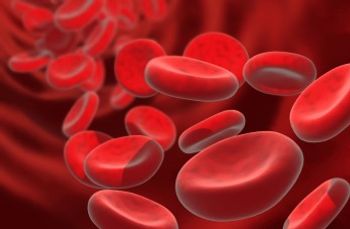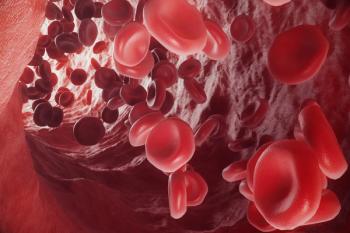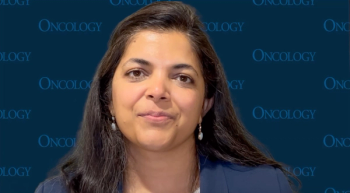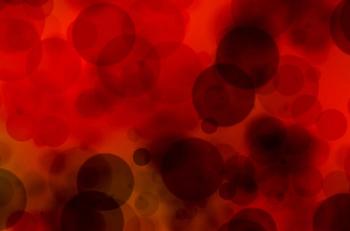
Gennady Bratslavsky, MD, on Adjuvant Therapy in RCC
Gennady Bratslavsky, MD, spoke about the role of adjuvant therapy in renal cell carcinoma at the 15th Annual Interdisciplinary Prostate Cancer Congress® and Other Genitourinary Malignancies.
During the
The trial showed a disease-free survival (DFS) rate at 24 months of 77.3% in the pembrolizumab group vs 68.1% in the placebo group (HR, 0.68; 95% CI, 0.53-0.87; P = .002).
Transcript:
The adjuvant [therapy] space is finally having some promise with the recently published KEYNOTE-564 trial. Adjuvant pembrolizumab certainly [provides] an opportunity for us to expect and hope for DFS. Most of the adjuvant trials to date have not been more successful [than KEYNOTE-564]. Even in the S-TRAC (NCT00375674) trial of adjuvant [sunitnib; Sutent] utilization for a year after nephrectomy in patients with the kidney cancer that were found to be high risk, the presence of DFS never translated into overall survival [OS].
While KEYNOTE-564 is yet to mature—to demonstrate whether its use in the adjuvant setting would help with the overall survival is yet to be determined—there is certainly quite a bit of hope that after 2 years of follow up, we’re starting to see a promise and a strong signal that this DFS may translate into OS, although this has yet to be seen. The recently completed PROSPER trial [NCT03055013] is bringing another opportunity for us to evaluate the role of immunotherapy in the neoadjuvant as well as the adjuvant setting for high-risk patients. There are many unanswered questions. Even if we identify an agent that is effective in improving the DFS, we will always question the patients who would have not recurred and still would be subjected to therapy. There is still an ongoing need for better identification of these patients that are most likely to recur beyond our standard clinical variables that have been traditionally used in designing the trials for both neoadjuvant and an adjuvant therapy.
Reference
Choueiri TK, Tomczak P, Park SH, et al. Adjuvant pembrolizumab after nephrectomy in renal-cell carcinoma. N Engl J Med. 2021;385(8):683-694. doi:10.1056/NEJMoa2106391
Newsletter
Stay up to date on recent advances in the multidisciplinary approach to cancer.

















































































